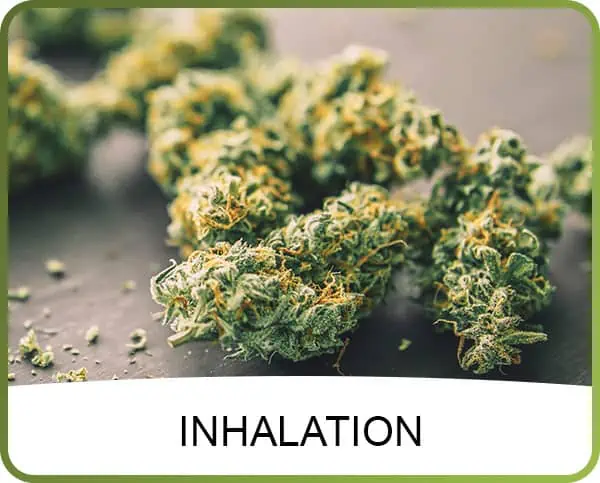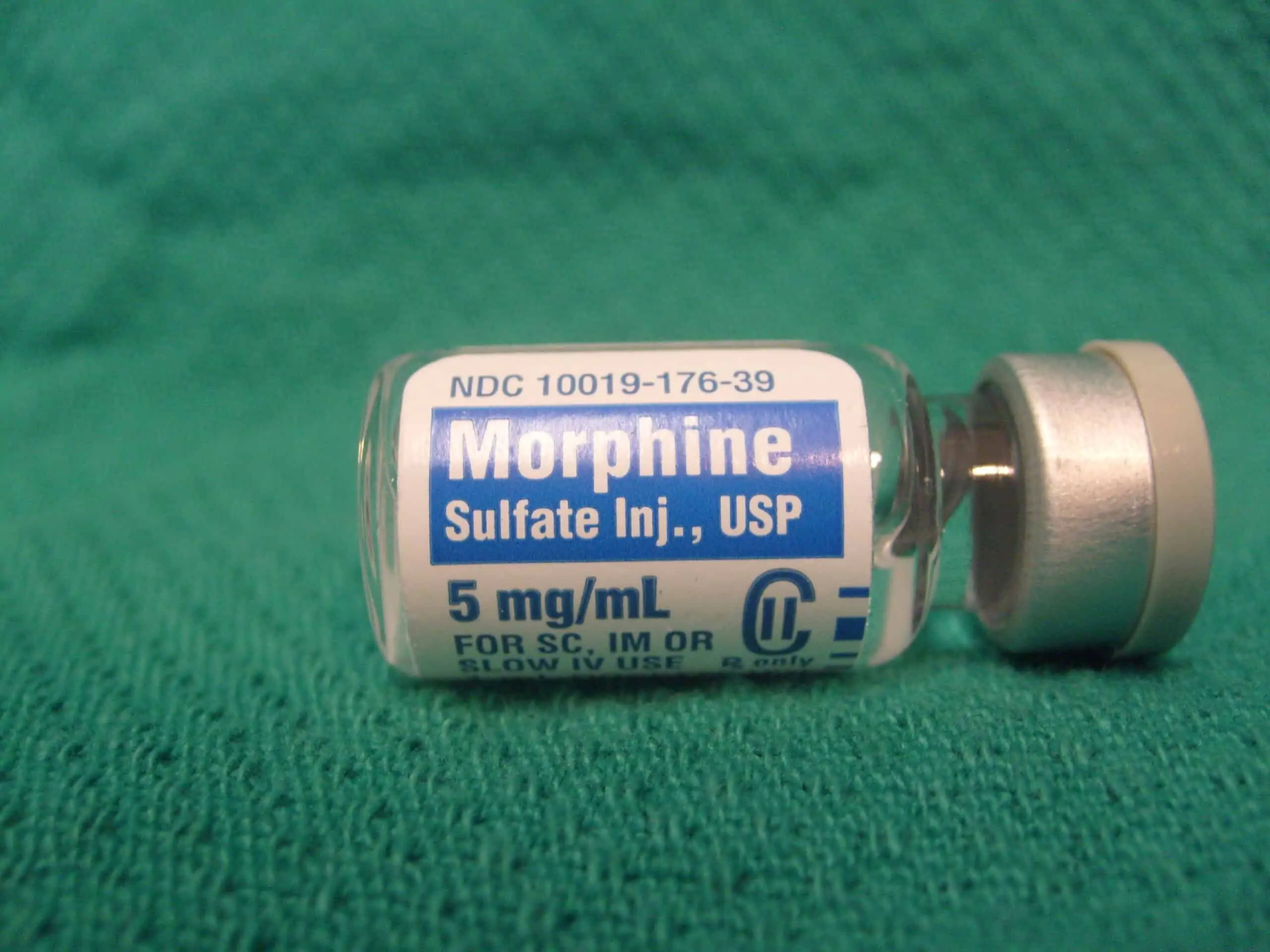Addiction, All, Toxins, Uses of CBD
Evidence of Cannabinoid Benefit for Morphine Addiction Dependency
Mice were rendered morphine-dependent by the subcutaneous implantation of a pellet containing 75 mg of morphine base; 72 h after the implantation, the animals were injected intraperitoneally either with vehicle or with various doses of Δ9-tetrahydrocannabinol, Δ8-tetrahydrocannabinol, cannabidiol, cannabinol, or 11-hydroxy-Δ8-tetrahydrocannabinol. Thirty minutes after injection of the cannabinoids, the antagonist, naloxone HCl, was administered to induce the stereotyped withdrawal jumping syndrome.
The dose of naloxone needed to induce withdrawal jumping in 50% of the animals (ED50) was determined for each dose of the cannabinoids. All of the cannabinoids inhibited the naloxone-precipitated morphine abstinence as evidenced by an increase in the naloxone ED50. Two additional signs of morphine abstinence, defecation and rearing behavior, were also suppressed by the cannabinoids. The relative effectiveness of the cannabinoids in inhibiting morphine abstinence appeared to be in the following order: Δ9-tetrahydrocannabinol > Δ8-tetrahydrocannabinol > 11-hydroxy-Δ8-tetrahydrocannabinol > cannabidiol > cannabinol.
These data suggest that cannabinoids may be useful in facilitating narcotic detoxification.
LINK to the STUDY HERE

 Phoenix
Phoenix Chandler
Chandler Sun City
Sun City Oils & Tinctures
Oils & Tinctures Gummies & Capsules
Gummies & Capsules Topicals
Topicals Inhalation
Inhalation CBD For Pets
CBD For Pets
